
Rebecca Morrissey started MsCraftypants 2 years ago in an attempt to stay home with her newborn and still do something she loves. She has been a seamstress since high school and loves putting fabric together in new ways to create functional pieces with color and design.
Rebecca: “You can say my day job is watching my two-year-old son, but it’s really a night job too. I make time for my craft wherever I can. It wouldn’t be possible without my awesome husband who pushes me to keep working when I’m tired, stressed or just plain worn out. He’s always right too: sewing makes me feel productive and happy. I love that sense of accomplishment you get from creating and building something yourself.

Ideas come to me from all over the place. My first idea was to create a diaper pad that I could easily use in the smallest bathrooms around (you know who you are you tiny back rooms of hole-in-the-wall restaurants). I have now conquered that moment of not being able to change a smelly uncomfortable kid because the bathroom is actually worse than their diaper – Ha!
I usually come up with a problem I want to fix and then go from there.
Example
Problem: All the baby gear out there looks like an infant wears it instead of a modern parent lugging it around.
Solution: Design my own baby gear with bright colors and loud prints that are also functional and washable!
The best thing about what I do? I love having someone comment on the diaper bag I’m using and getting to reply, “Thanks I made it!”
The hardest part is never feeling like I have enough time to do all the things I want. I wish I didn’t need sleep/get tired. Don’t get me wrong – I love sleep. I just wish I had more energy in a 24-hour period.
 My advice to anyone hoping to turn their ideas into a business: stick to your guts. Try new things and don’t stress too much if your first attempt doesn’t work out. Working through failed designs helps perfect your eventual product. And remember: no one else out there has your point of view. Be an original. Secondly: make a specific place and time for yourself to work on projects. Crafting is more than a hobby; it is a part of you and your opinion matters. If you are serious about making your creations into a business, check out a great book called Craft Inc. by Meg Mateo Ilasco. You’ll be glad you did. A friend of mine gave it to me and it’s a good way to look at your passion professionally. Sometimes I think we don’t regard crafting as serious work. Seeing other people succeed and getting tips from them on how to do it can give you the gumption to persevere when you are feeling silly for even trying.
My advice to anyone hoping to turn their ideas into a business: stick to your guts. Try new things and don’t stress too much if your first attempt doesn’t work out. Working through failed designs helps perfect your eventual product. And remember: no one else out there has your point of view. Be an original. Secondly: make a specific place and time for yourself to work on projects. Crafting is more than a hobby; it is a part of you and your opinion matters. If you are serious about making your creations into a business, check out a great book called Craft Inc. by Meg Mateo Ilasco. You’ll be glad you did. A friend of mine gave it to me and it’s a good way to look at your passion professionally. Sometimes I think we don’t regard crafting as serious work. Seeing other people succeed and getting tips from them on how to do it can give you the gumption to persevere when you are feeling silly for even trying.
I hope to see everyone at Maker Faire! Its more than just a craft show, it’s a crafty extravaganza of innovation and the most amazing inventors are there along with their toys – that you can actually play with! To put it bluntly: it’s my Mecca. If you are creative at heart, then you know exactly what I mean.”
MsCraftypants makes baby gear and bedding for the modern family. Her focus is on design and function and No Pastels!! For more info you can visit her site: www.mscraftypants.com. She is currently working on her stash of goodies for the upcoming show and hopes you’ll take a look.

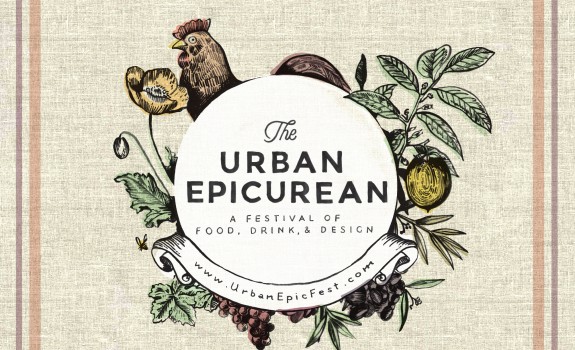
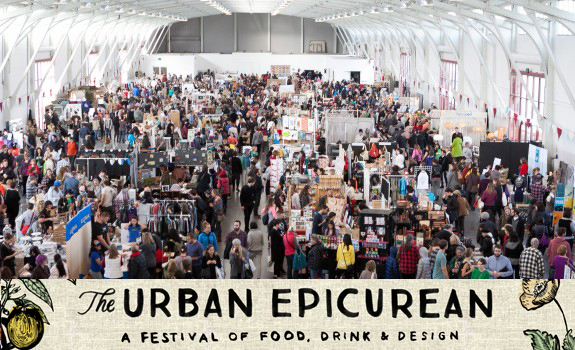
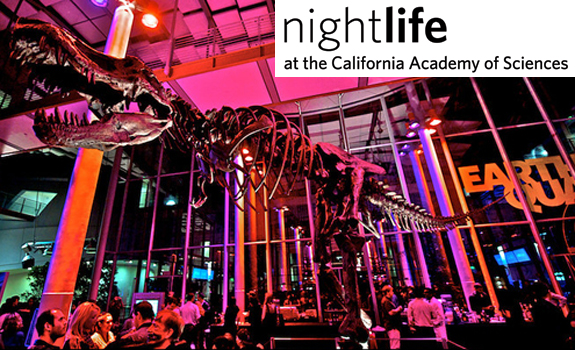
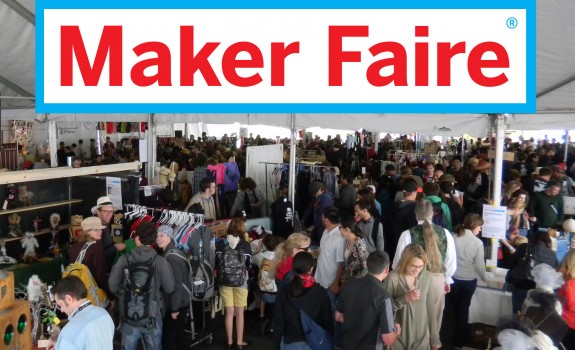
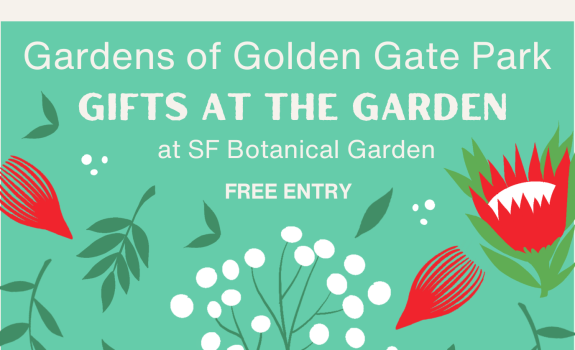













 What inspired you to go into the craft business, do you still have a day job? Turning Heads Sewing & Fashion Design Program mentored students to start our sewing cooperative. The craft business is fun and it’s interesting to create something out of nothing. Attending school is our day job.
What inspired you to go into the craft business, do you still have a day job? Turning Heads Sewing & Fashion Design Program mentored students to start our sewing cooperative. The craft business is fun and it’s interesting to create something out of nothing. Attending school is our day job.











